Behind the blades: My visit to the Wattle Point Wind Farm
Standing at the edge of the Yorke Peninsula, the Wattle Point Wind Farm creates an impressive sight against the South Australian sky.
A stormy experience
My timing couldn’t have been better as I arrived at the wind farm just before a storm arrived. The dark, rolling clouds transformed the massive white turbines into gleaming sentinels. As the sun slipped in and out of the clouds, the blades created mesmerising silhouettes against the vibrant sky with the gentle whoosh of the rotating blades added a peaceful rhythm to the evening.
Scale and specifications
The sheer scale of the Wattle Point Wind Farm left me gobsmacked. With 55 wind turbines spread across 17.5 square kilometres, this renewable energy powerhouse generates enough electricity to power 50,000 Australian homes. Each turbine stands proud, working efficiently to harness the natural power of wind.
If you are visiting, make sure to stop at the information building, It was here that I learned fascinating details about the wind farm’s operations. The turbines begin generating power in winds as light as nine kilometres per hour, reaching peak production at 47 kilometres per hour. What impressed me most was learning that the blade tips can reach speeds of up to 222 kilometres per hour!
Practical Information
Built in 2005 at a cost of $180 million, the Wattle Point Wind Farm marked a significant milestone in Australian renewable energy history. As South Australia’s first major wind power installation, it helped establish the state’s leadership in sustainable energy production.
The wind farm demonstrates how effectively we can harness natural resources for power generation. Each spinning turbine contributes to reducing our carbon footprint, making this facility a crucial part of South Australia’s renewable energy network.
I found the wind farm easily accessible, located just three kilometres southwest of Edithburgh. The information building provided excellent insights into the facility’s operations, and the adjacent car park offered perfect viewing opportunities.
Conclusion
My visit to the Wattle Point Wind Farm was really interesting and left a lasting impression.
The combination of innovative technology, environmental benefits, and sheer visual impact makes this site truly remarkable. I’m already planning to visit other wind farms to capture more photos of these majestic turbines against the South Australian sky.
Getting there:
Address: 389 Sheoak Beach Rd, Edithburgh SA 5583

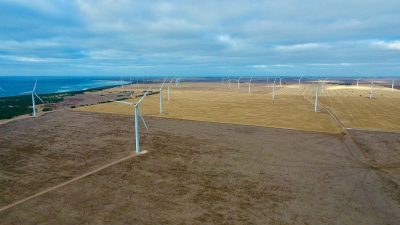
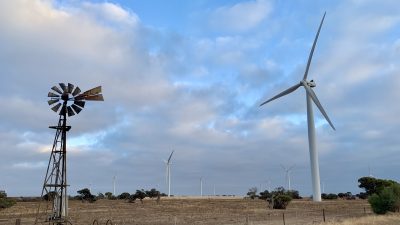

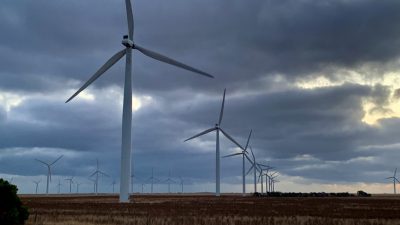
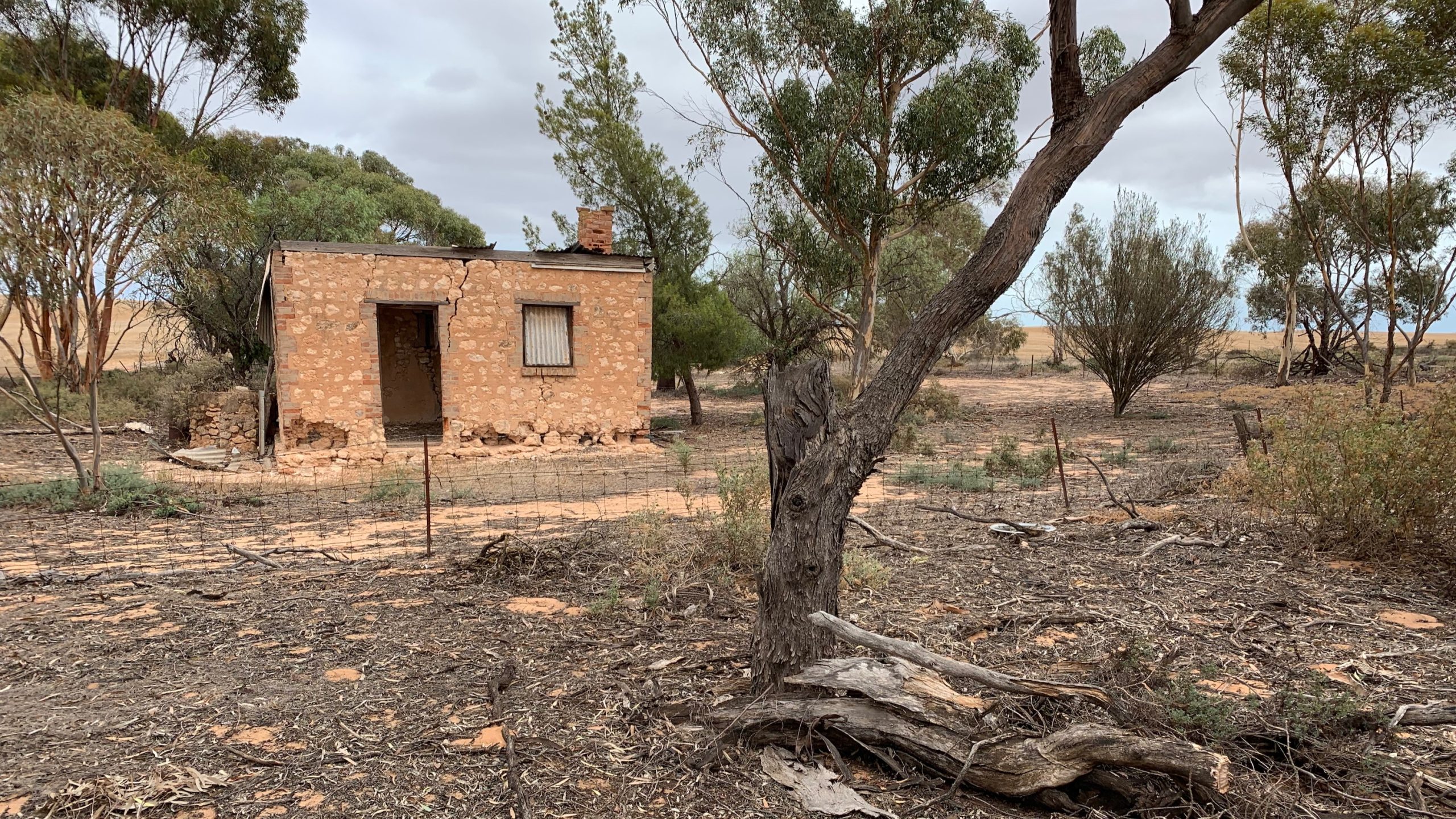

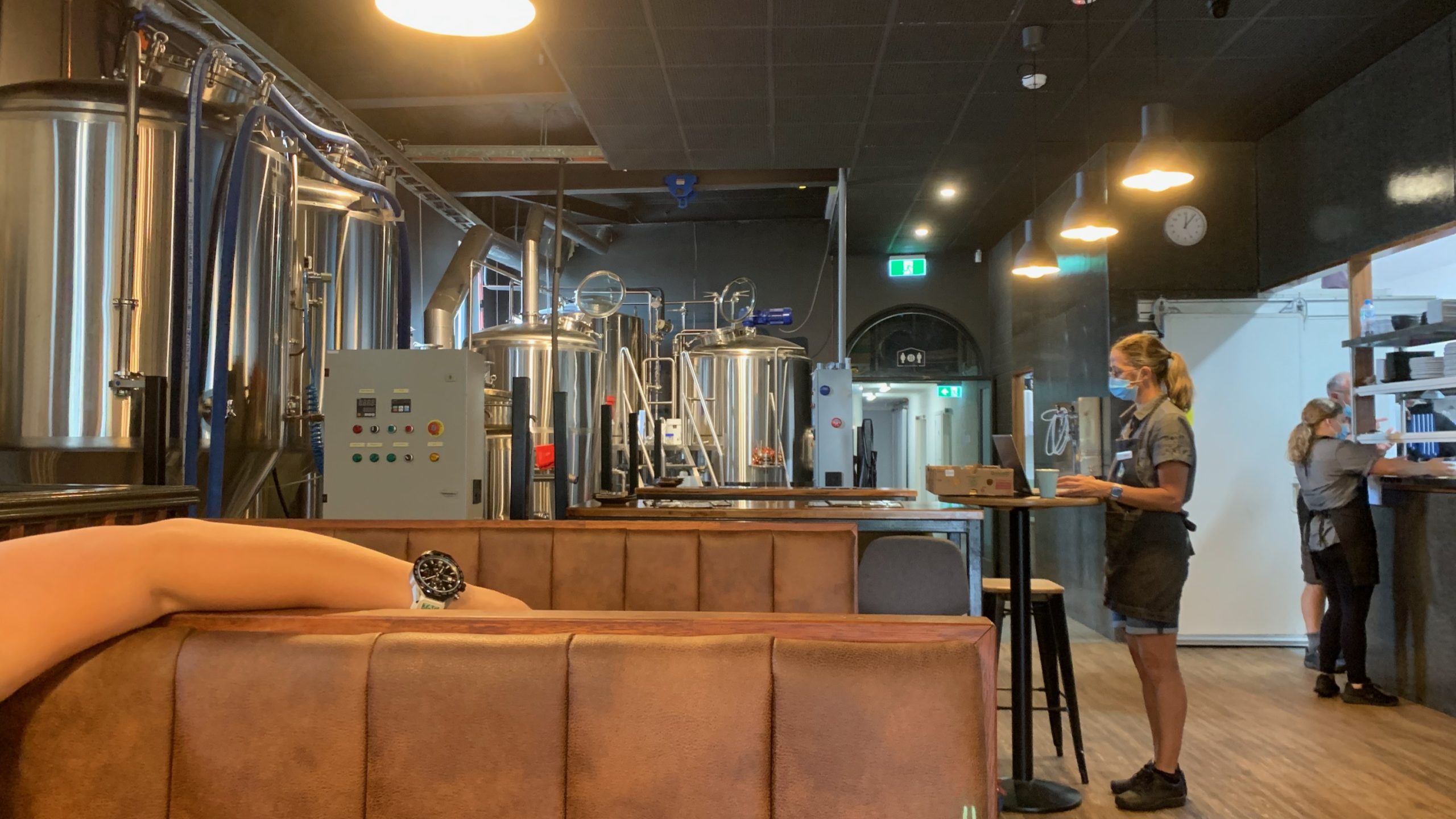
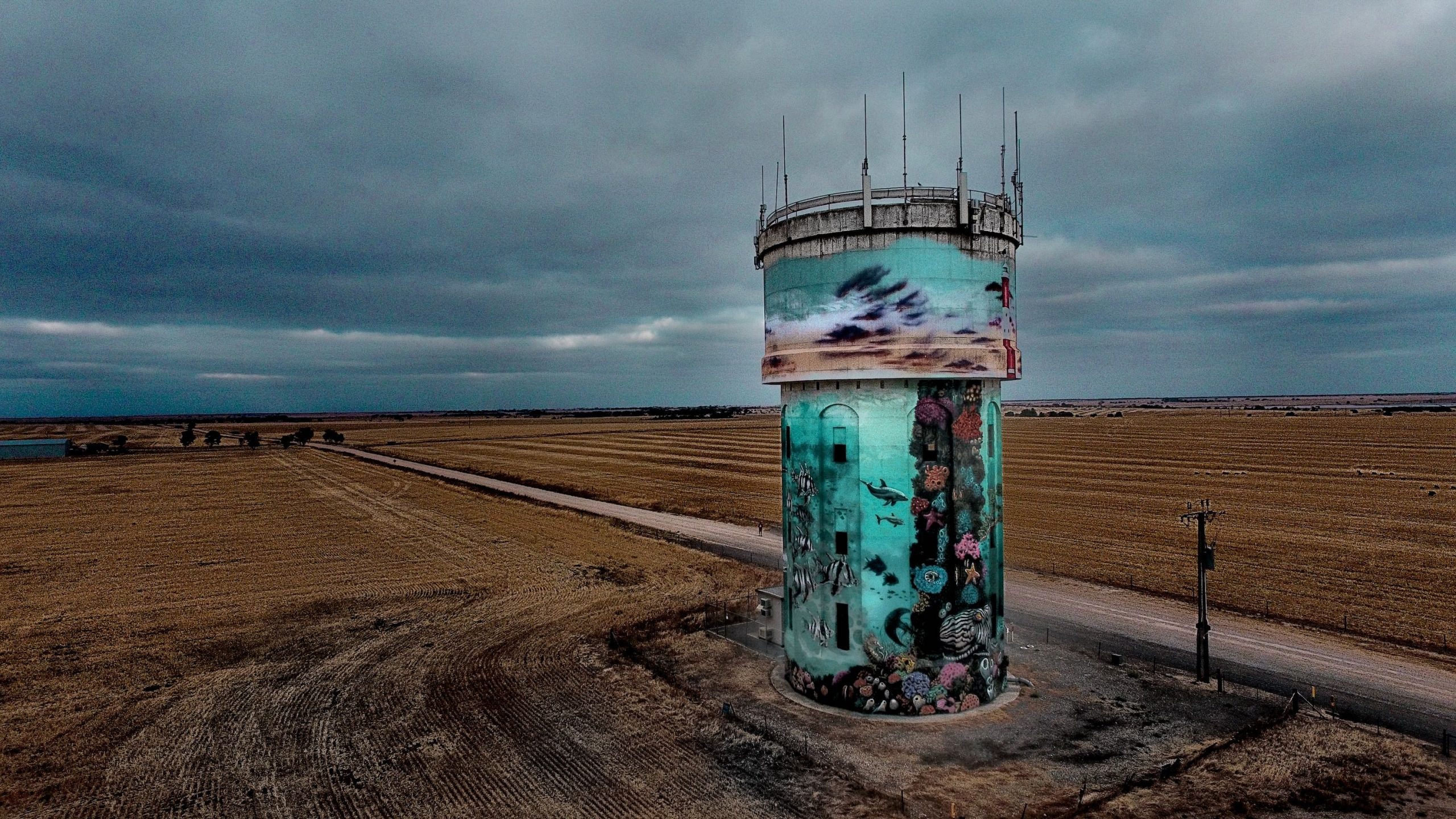


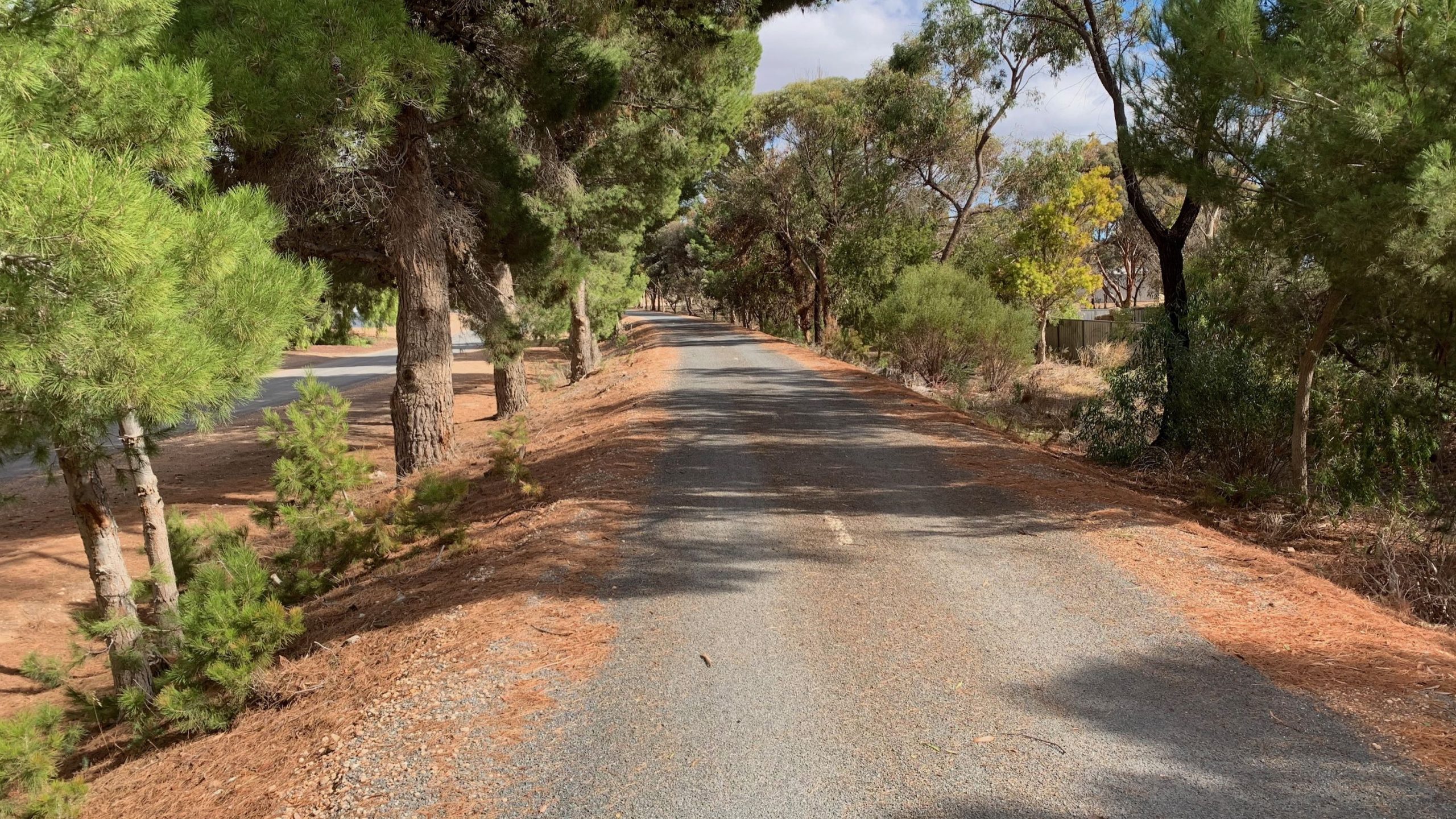
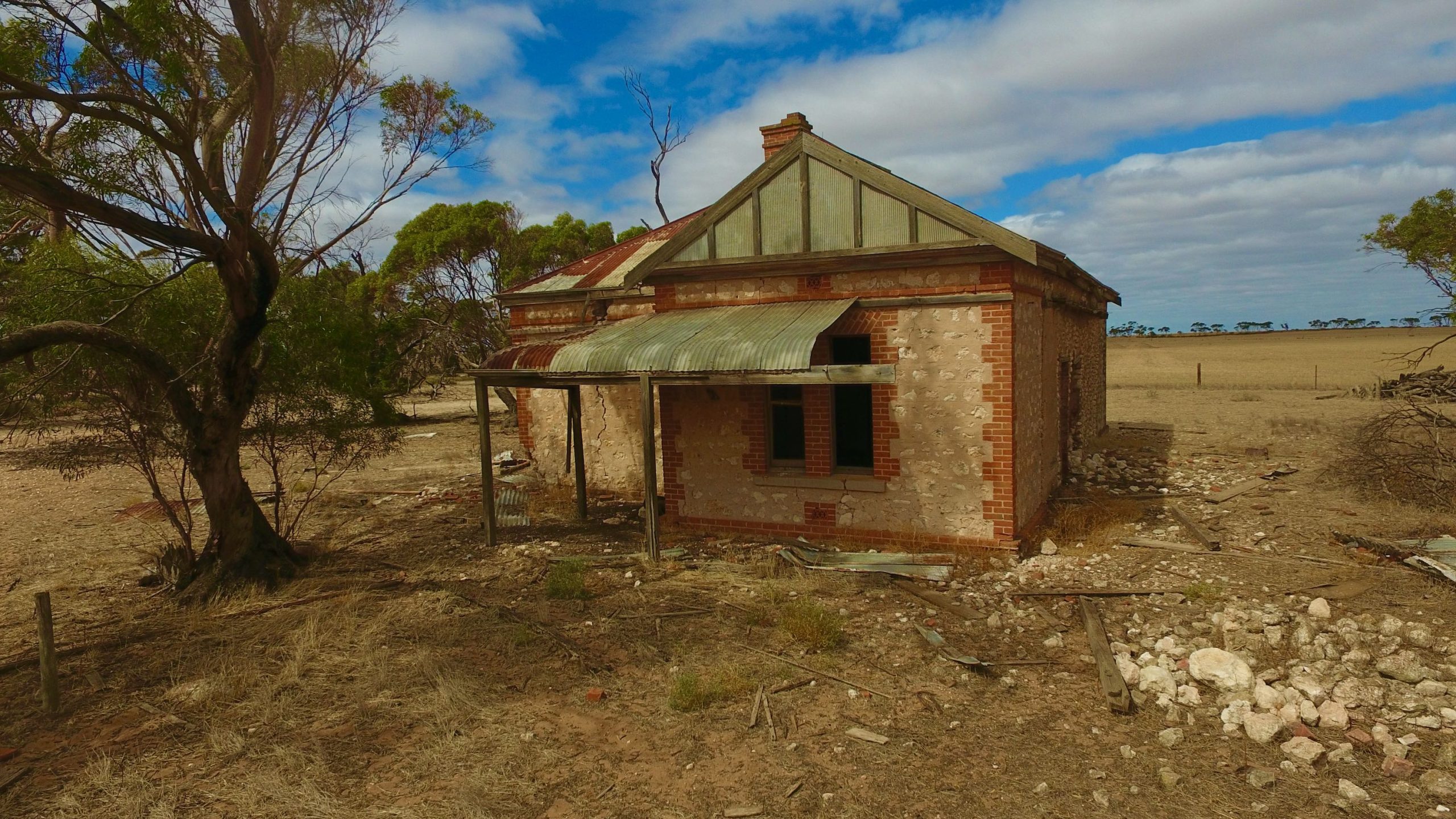




Leave A Comment